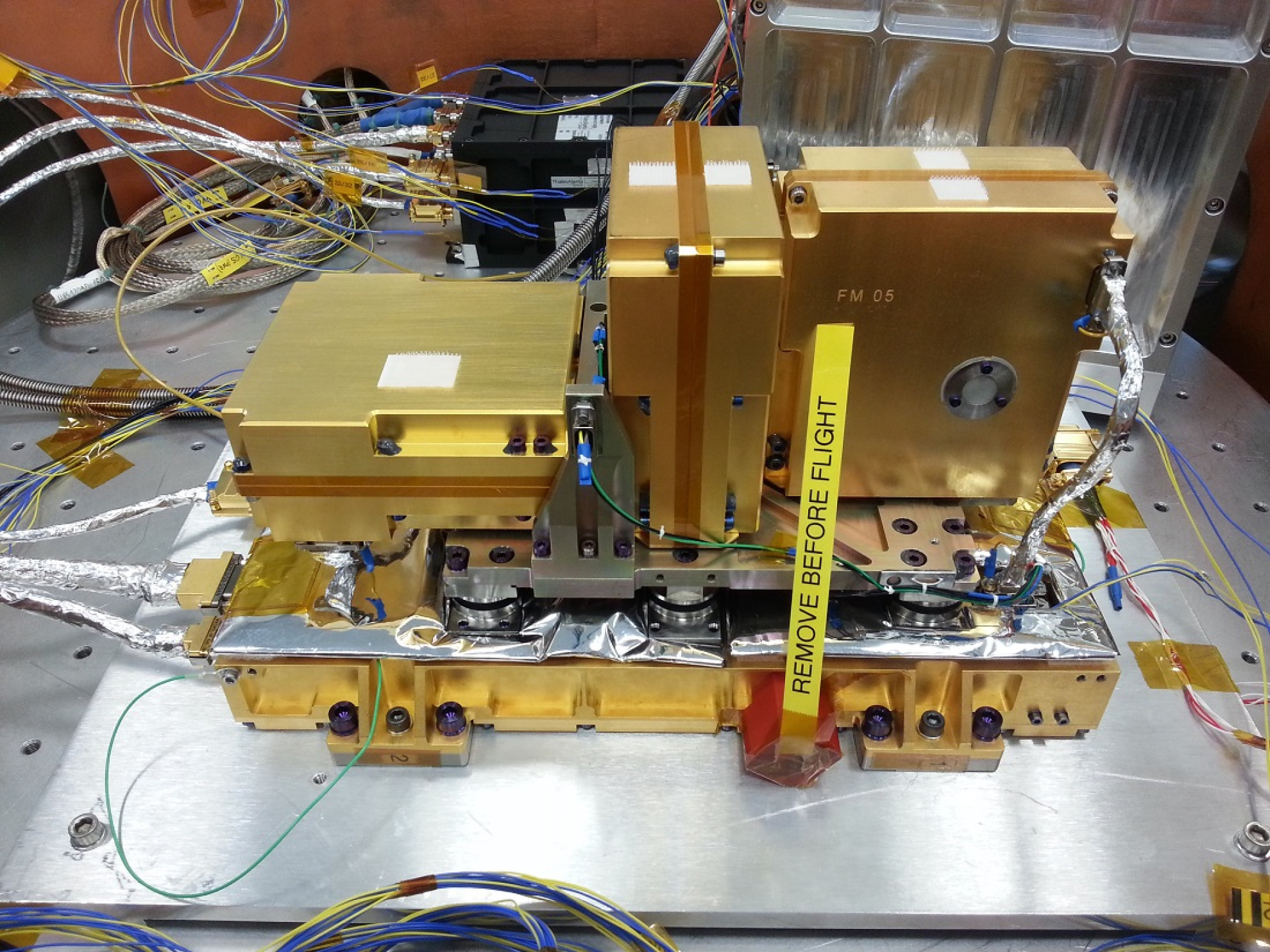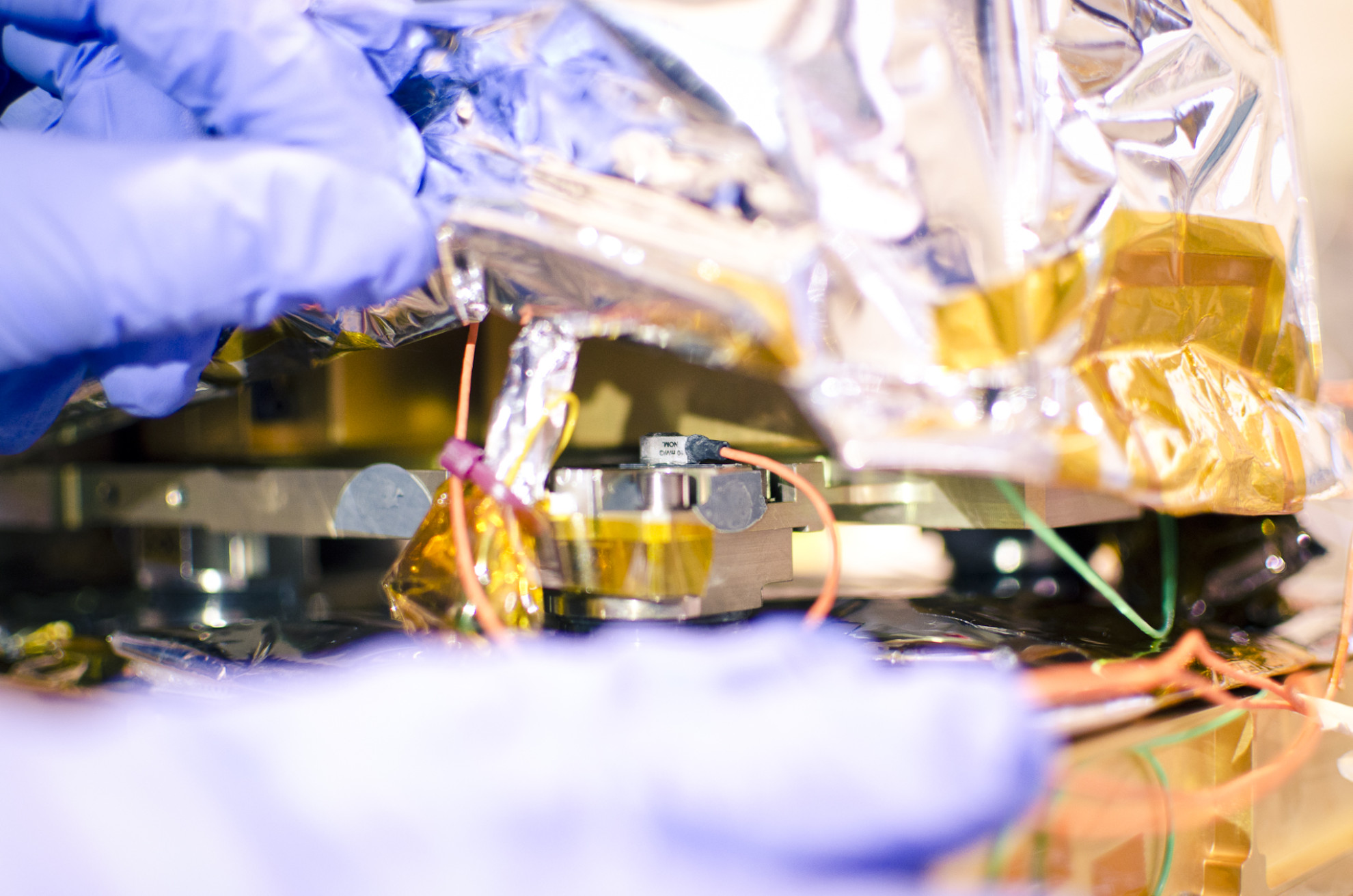Questo progetto fa parte della serie Experimental Gravitation
In details
ISA is a three-axis high sensitivity accelerometer on board the MPO. It will support the study of the planet Mercury and also the test of Einstein's theory of General Relativity (GR) to an unprecedented level of accuracy. To perform such measurements it is necessary to combine data from four different instruments located on the MPO: star tracker, high resolution camera, accelerometer and transponder. The accelerometer will measure all inertial accelerations caused by the incoming solar visible radiation and by the planet albedo acting on the MPO structure, in order to transform it, a–posteriori, into a drag–free satellite.
The scientific objectives of ISA are strongly related to the Radio Science Experiment MORE. Together these experiments can provide information on Mercury's interior structure as well as test Einstein's theory of General Relativity.
The radio science investigation of BepiColombo comprises a complex set of measurements and scientific objectives. Three categories of experiments can be distinguished: a gravimetry experiment, a rotation experiment, and a relativity experiment. The scientific goals are:
- study the global gravity field of Mercury and its time variations due to solar tides in order to constrain the internal structure of the plane.
- observe the local gravity anomalies in order to constrain the mantle structure of the planet and the interface between mantle and crust.
- measure the rotation state of Mercury in order to constrain the size and the physical state of the core of the planet.
- study the motion of Mercury centre of mass in order to improve the determination of the parameterised post– newtonian (PPN) parameters of GR.




